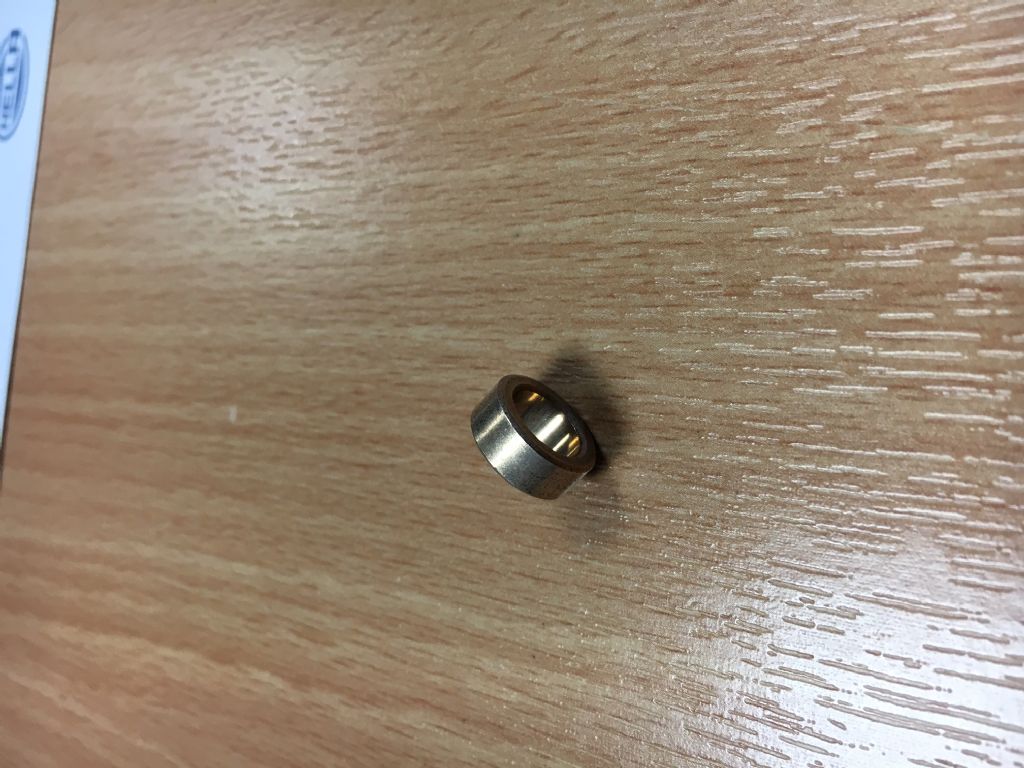I am just about to motorise my 30 year old (NIB!) linisher. Interesting that the lubrication holes for the bushes had not been drilled though!
However my problem is that there is a pulley on the driven roller. Now it is the same size as the belts used on the Myford, so what size belt am I looking at?
Second problem is that I need to put a pulley on the electric motor and arrange for the size of the pulley to give me the correct gearing. So that I get the belt speed correct.
Now I know that the nominal pulley size is not the OD of the pulley, neither is it the diameter of the bottom of the pulley groove. It is somewhere in between. People seem to be very coy about what the diameter of a pulley is. So how do you measure this diameter.
I appear to have, what I would guess to be a 1" pulley on the driven roller. This from past experience of sizes. I know it isn't vastly important to get the belt speed dead on the recommended speed, but it would be good to get it some where near!
As a matter of interest how would you define the belt size required for two pulleys a given distance apart, assuming you knew the "nominal" sizes of the pulleys? It isn't too important as I have long slotted holes for the motor mount, but I would like to know the methodology behind that calculation.
Apologies for my ramblings, for what is basically a simple question.
Regards,
Andrew.
HughE.





